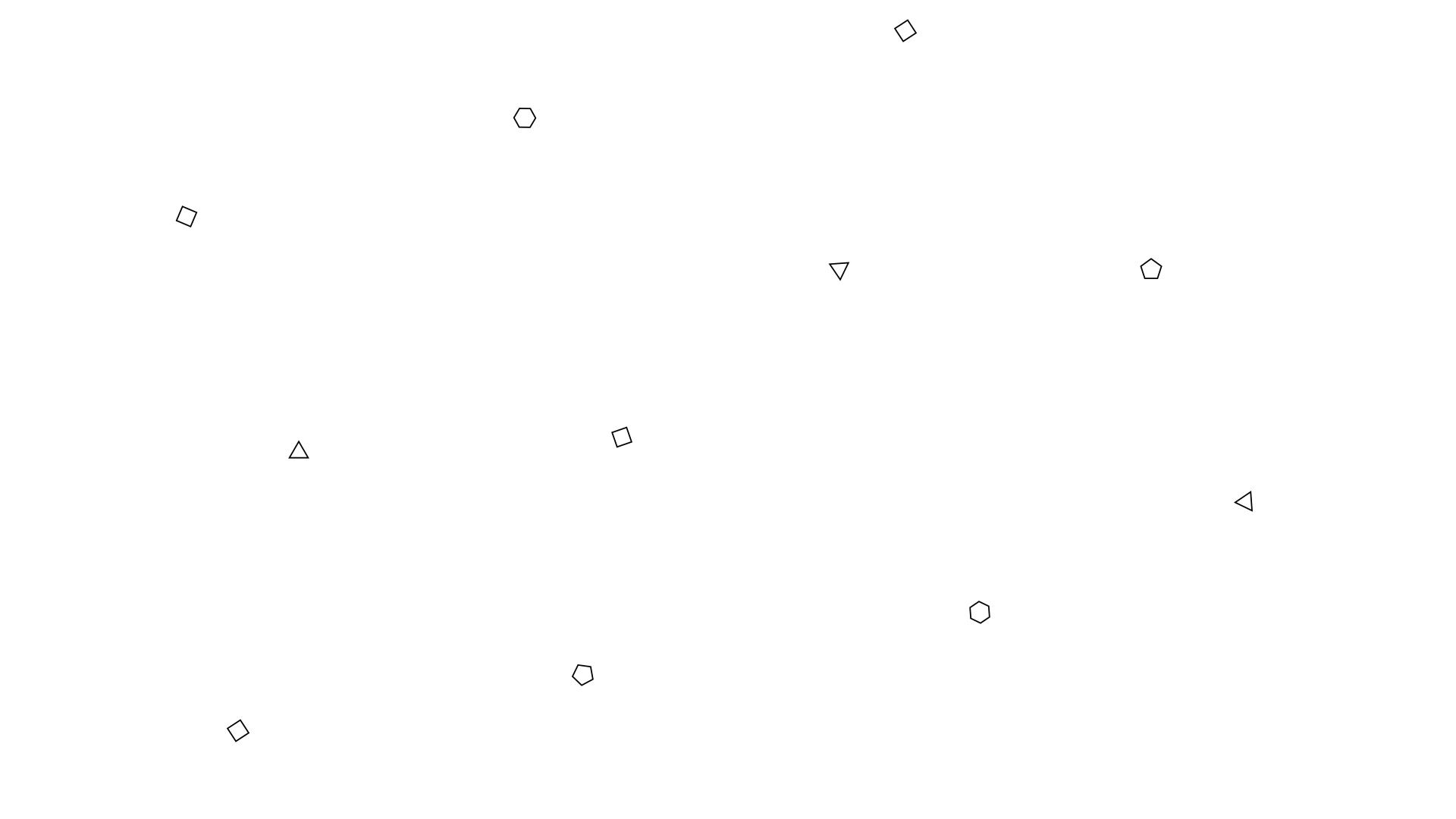Queer Studies SFC Fall 2017-2018 Semester Research Proposal + Future Plan
- Yu Wang
- 2018年1月20日
- 読了時間: 2分
For my work this semester, I collaborated with fellow research seminar member Manami and created a picture book. Since I plan to focus on LGBTQ+ education for my research, leading up to graduation, and Manami intends to focus on societal issues surrounding the LGBTQ+ community, we decided to collaborate.
Our 18-page picture book is named 「わたしはどこかちがう」("I Am Somewhat Different"), and focuses on a young child growing up into adulthood, finding that they are somehow different from the people around them, because they do not identify as a boy, nor as a girl. This can be interpreted as the main character of the book being intersex or identifying as non-binary. The main character faces confusion both within themselves and from outside sources, and feels alienated from everyone else. At one point, the main character states that they want to die. However, as the main character grows up, they meet a certain person who tells them, "It's alright if you're not a boy or a girl. I like you for who you are as a person." Hearing the words of that person, other people begin to agree with him, and in the end the main character is surrounded by people who love them for who they are.
Our goal for the picture book is to teach children from a young age that it is alright if you are different, or if someone around you is different from everyone else. It does not change who they are as a person, and they should not be discriminated for it. We thought to do this after reading several articles regarding Japanese society, stating that it is common for someone who sticks out to be discriminated or bullied. ("The nail that sticks out gets hammered.")
Thus, our main target audience would be children ages 3-12. We also have a secondary audience: the parents and teachers of those children under the age of 5, who will most likely read picture books to their children. By reading something out loud, one will be able to absorb the information more clearly and consciously, and the message concealed in the book will be able to be conveyed to adults, as well.
One conflict we ran into during the making of this picture book was whether or not we want to make it explicitly related to LGBTQ+ issues, or if it should be subtly hinted through a metaphor. In the end, we decided to go with a straight ball and make the story about an intersex or non-binary individual.
We also did not properly research the psychological studies and sciences behind target audiences for picture books, and I, personally, plan to continue researching that area of study in order to perfect our picture book project.
Over the course of the next two years, in the remaining time I have in this seminar, I plan to either continue perfecting the picture book created this semester, or take the idea and target it towards an older audience, perhaps through creating a short animation or comic. During that process, I plan to thoroughly research the sciences and psychology behind getting a message across to a certain audience, and devise a best plan for the audience I intend to convey my message to by the end of my third year.






コメント